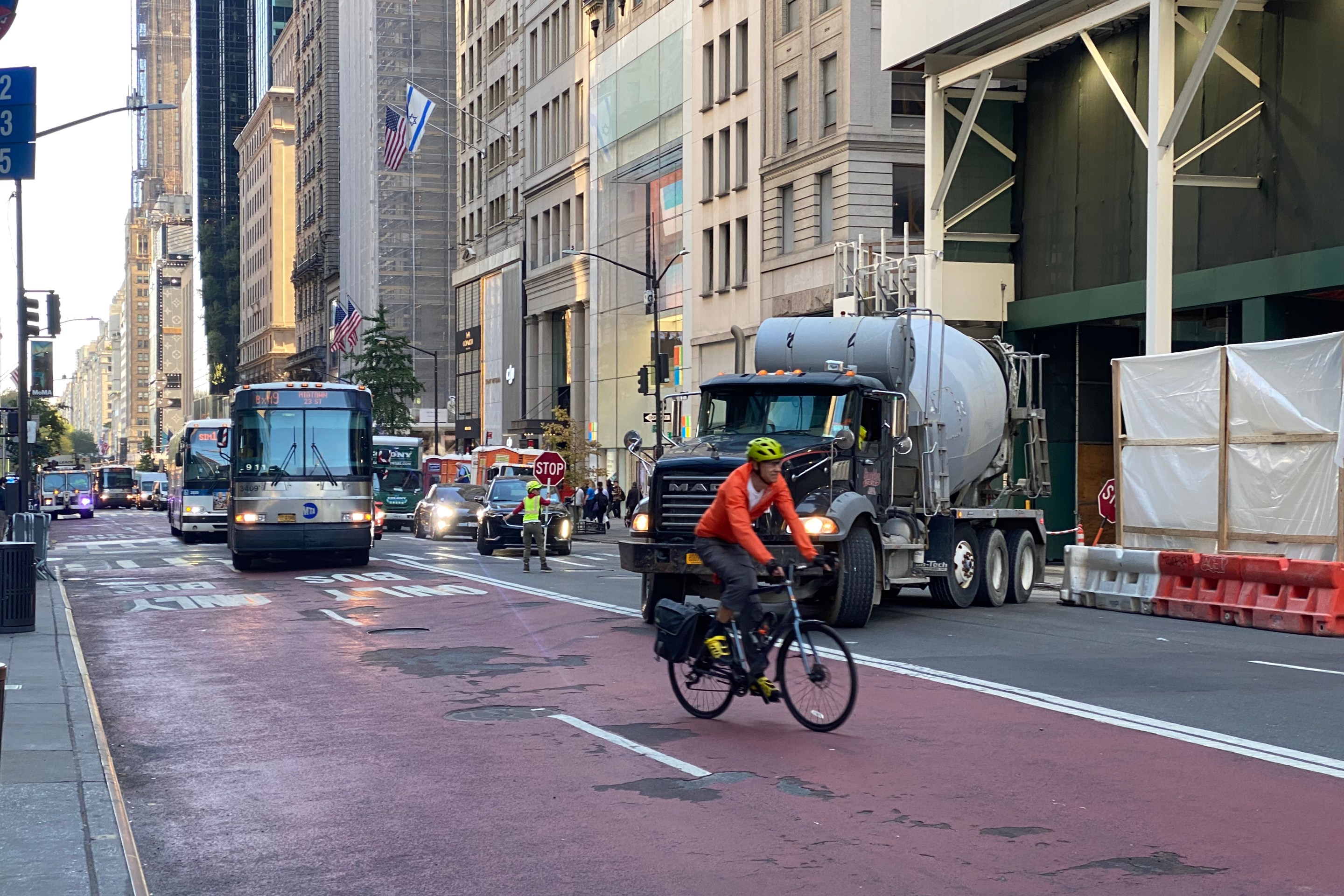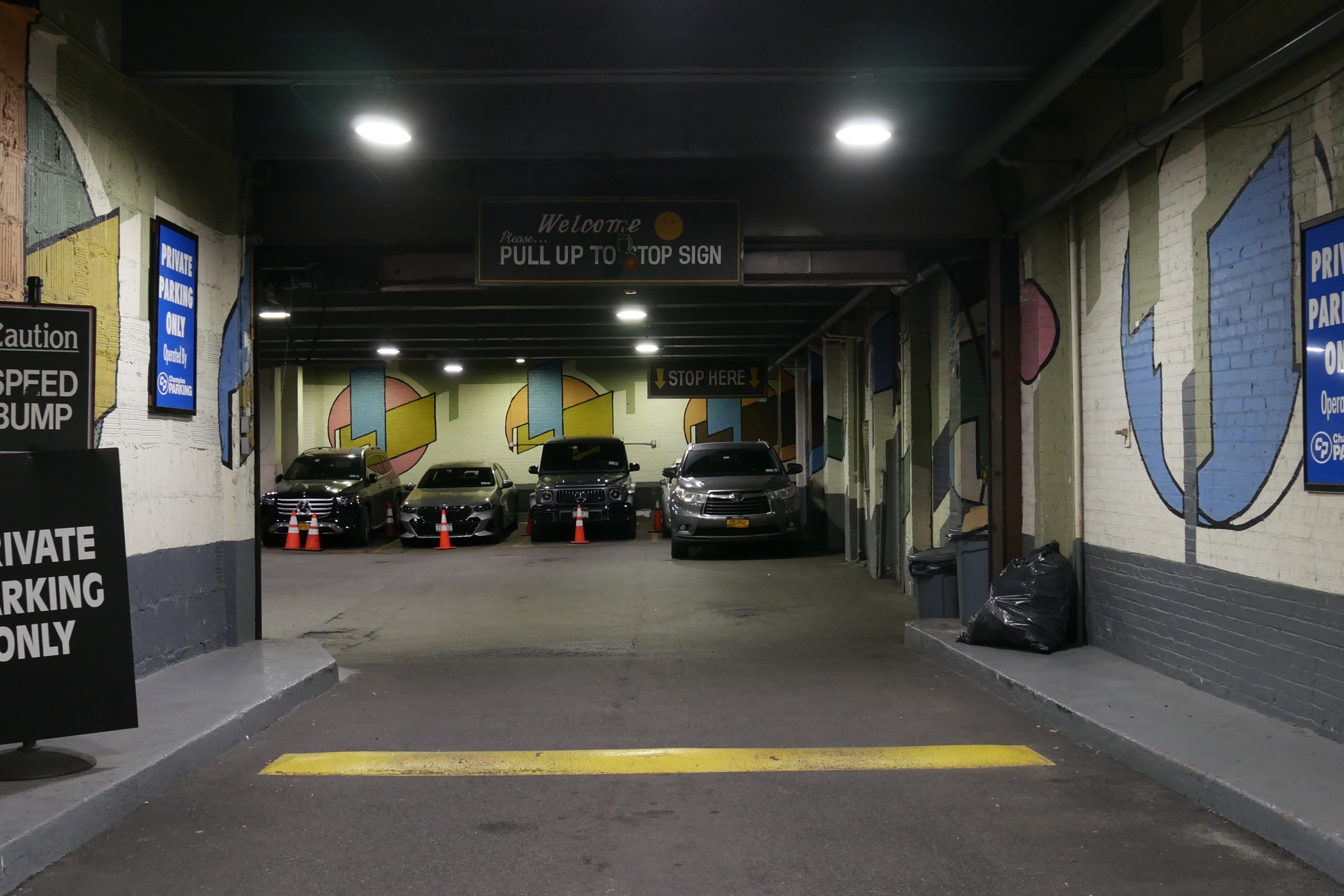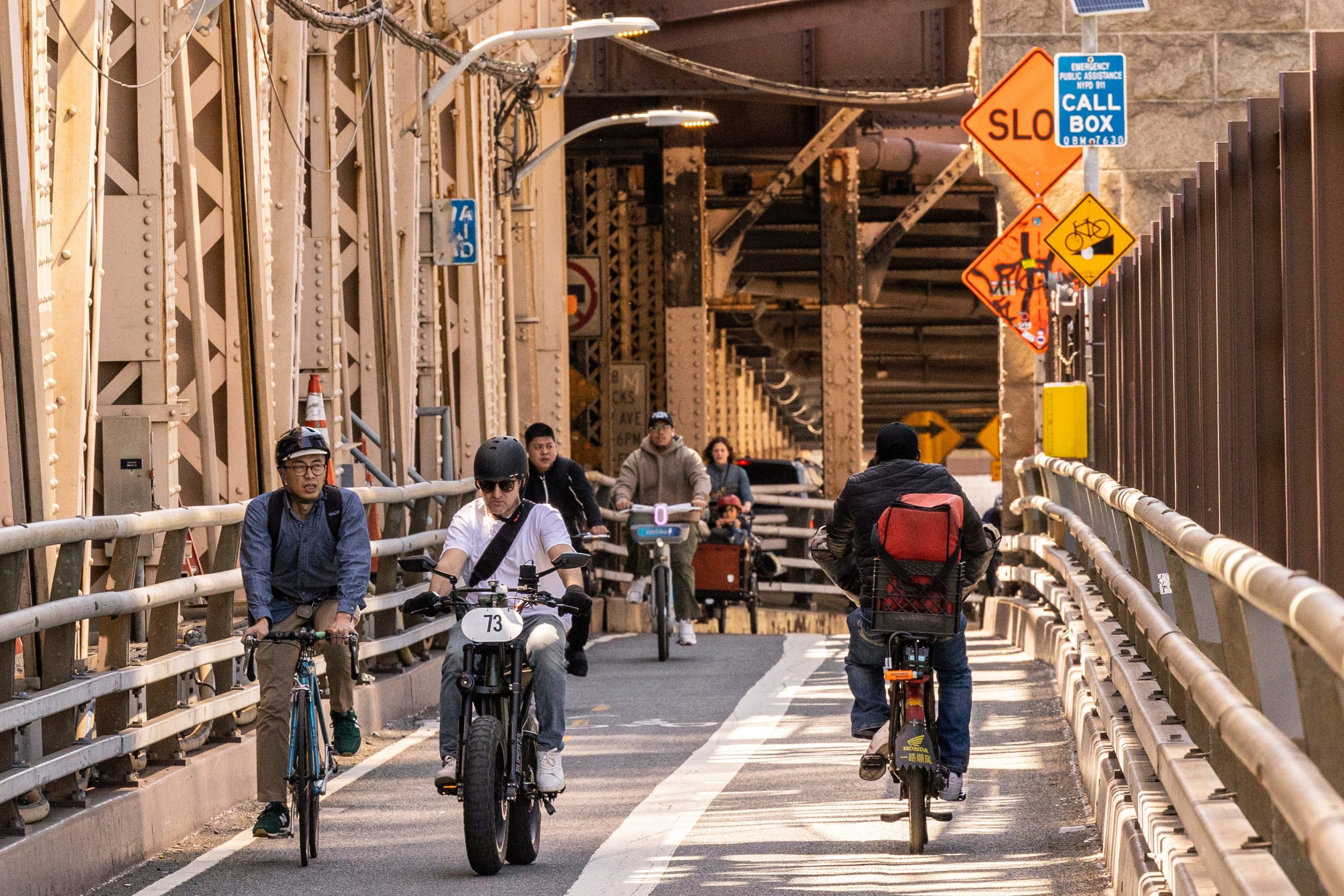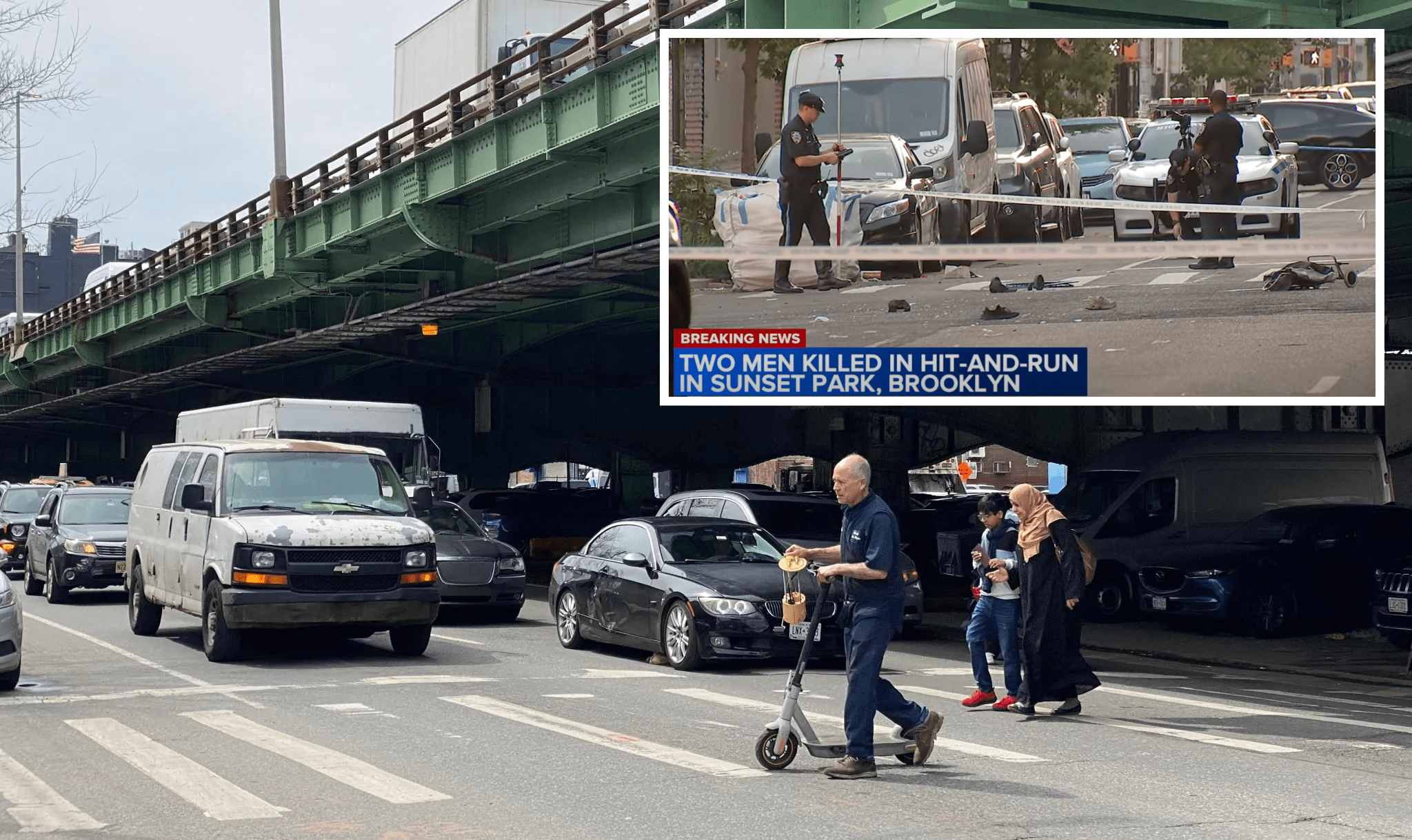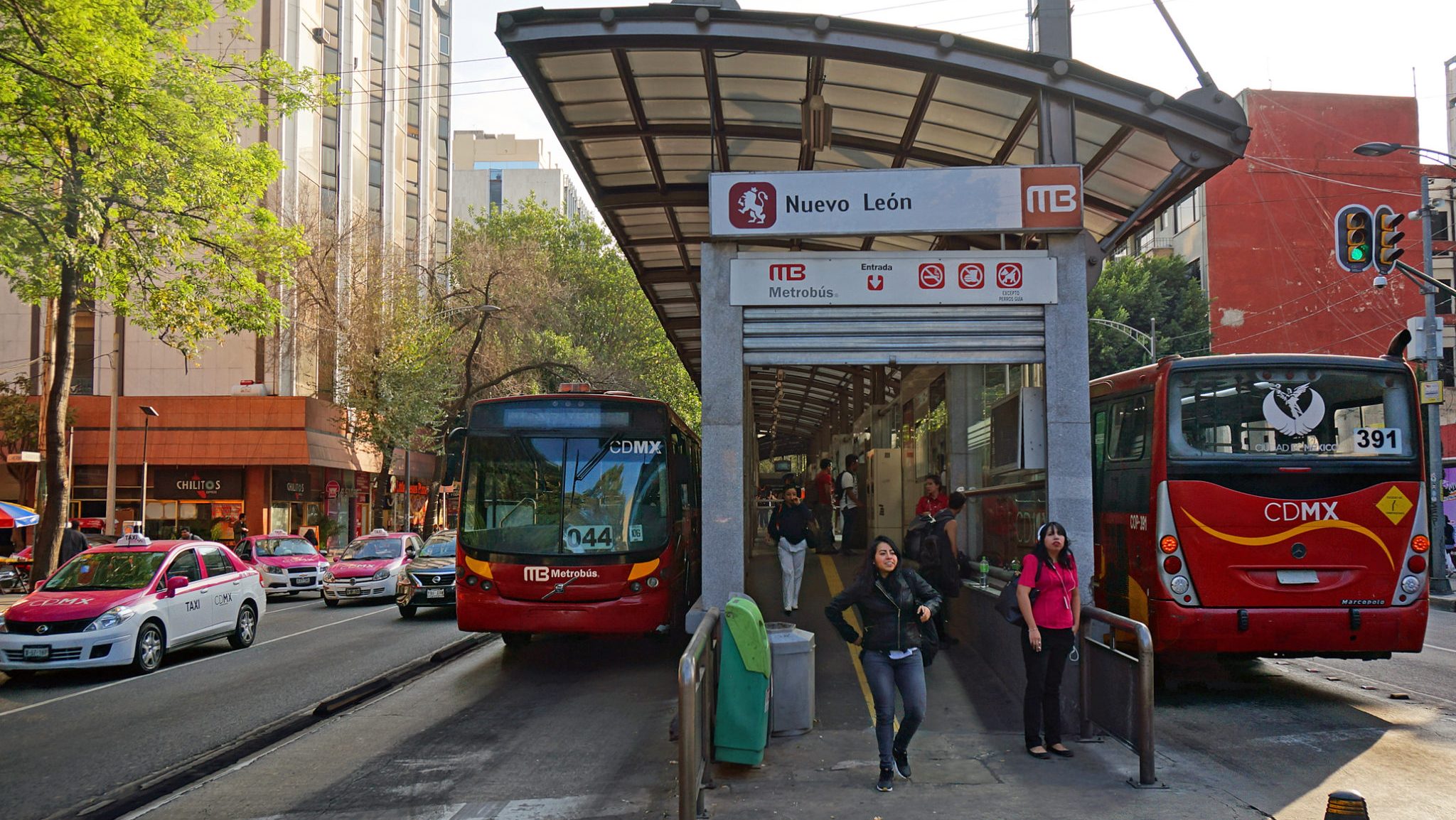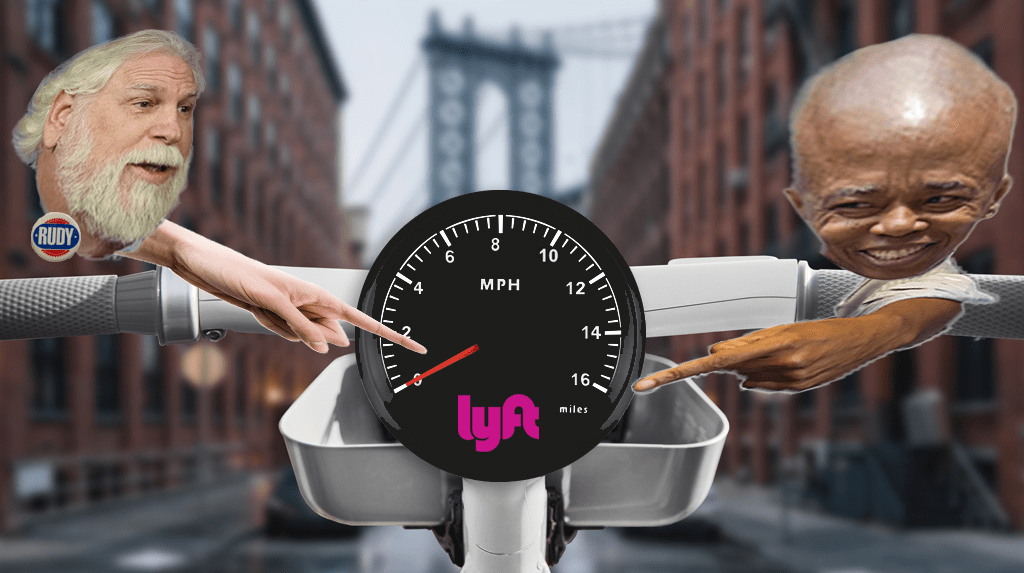
As New York ponders - and ducks - a solution to gridlocked streets in the wake of the mayor's 2030 plan, transportation planners across the Hudson are contemplating a marked increase in congestion on the city's already overburdened sidewalks.
The good news for the region is that New Jersey Transit is expecting train traffic into Penn Station to double. The bad news, according to the Tri-State Transportation Campaign (TSTC), is that the city's infrastructure won't be able to safely accommodate the resulting increase in pedestrian activity.
Though NJ Transit, in its Access to the Region's Core Draft Environmental Impact Statement (DEIS) recommends that sidewalks in Manhattan be widened, the TSTC believes the situation is even more dire than the agency acknowledges.
From the latest edition of the TSTC's "Mobilizing the Region":
If anything, [the DEIS] understates the problem even while straightforwardly recommending that sidewalks in Manhattan be widened.
The study did not look north of 35th Street, for instance, though the present day impact of Penn Station on Midtown sidewalks and crosswalks certainly extends further uptown. Pedestrians can be seen every morning and evening walking in the street all the way between Penn Station and Times Square on 7th Avenue and also frequently along 8th Ave. between 34th and the PA Bus Terminal. The "pedestrian level of service" findings also seem overly optimistic. If people are walking in the avenues for blocks, one would expect more "F" conditions than the study finds. But the specific numbers are largely irrelevant -- it's enough to know that the sidewalks are failing and that New York City forces transit commuters to walk in heavily trafficked avenues to understand that large additions of rail capacity and more development in the area will obviously make the walking environment even worse.
It's noteworthy that the analysis does not consider the possibility of future high-rise development (the "Garden swap") in the Penn Plaza-Madison Square Garden super-block, which would crowd the pedestrian environment even further. Clearly something will have to give, and community boards, civic leaders and elected officials should use the Manhattan pedestrian and traffic analyses in the ARC DEIS as a starting point to demand a realistic Midtown pedestrian plan from city government. It will have to reallocate space from streets to sidewalks and figure out how to prioritize essential traffic over discretionary car trips that do not need to be in vicinity of what is already the U.S.' busiest train station.
Image: uniqlo via Flickr
